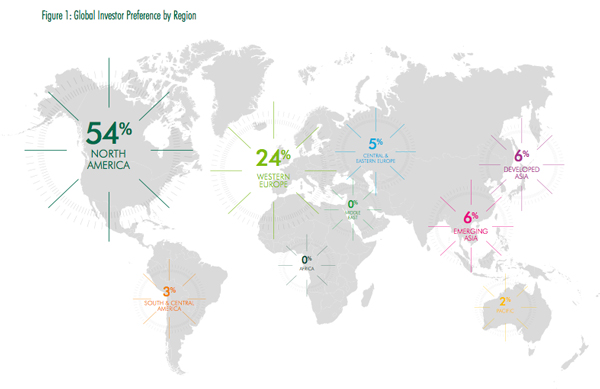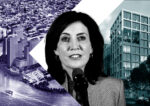Trending
Investors have $1.7T ready to deploy, but activity will be flat in 2017: CBRE
With prices high, buyers are looking for yield over growth

There’s $1.7 trillion of dry powder across the globe just waiting to be deployed into real estate in 2017. But investor concerns ranging from a real estate bubble bursting to a black swan economic event throwing markets into turmoil has analysts projecting transaction volume to stay flat at $895 billion, according to CBRE.
CBRE, the world’s biggest real estate services firm, published its annual survey of global investors Wednesday, which painted a rosy outlook for the year. It polled approximately 2,000 investors globally, the firm said.
A full 40 percent of investors planned to spend more on real estate in 2017, and 16 percent intend to spend less. Last year, CBRE’s survey projected volumes to increase by 4 percent, but they ended up falling by 9 percent.
This year, CBRE is projecting a zero percent change.
“We also believe that there is considerable upside and downside potential depending on economic events: Investment volumes could be up by 10 percent or they could fall by as much as 10 percent,” the survey synopsis read.
Investors expressed concerns that a possible global economic shock could disrupt occupier demand, along with fears that interest rates would grow faster than expected (although this was less of a concern than it was last year). They were also nervous that prices had climbed to high, and the market may be in for a bursting bubble.
In the Americas, domestic investors expressed more inclination to place their dollars at home than they did last year. They expected to place 74 percent of investments in North America in 2017, compared to 39 percent when surveyed last year.
CBRE said possible factors for this switch include a positive outlook for the U.S. economy, fears over European politics and the possible disintegration of the European Union as well as expectations that the dollar will rise – making it a poor time to convert dollars into other currencies.
“It was probably a mixture of all three,” according to the report.
Los Angeles was the No. 1 target for investors in the Americas, while New York City slipped down one spot to No. 3.
Property buyers also noted one major shift this year. In 2016, the top motivation for investors – 37 percent of responses – was the expectation of higher growth compared to other asset classes. This year, however, most investors – 30 percent of respondents – said they were looking for better yield compared to other asset classes.
“The switch from growth to yield is primarily a reflection of the fact that prices for real estate assets are high and that most of the total returns from real estate are likely to be from income returns,” CBRE said.




